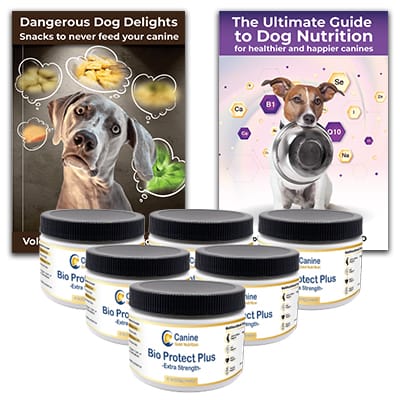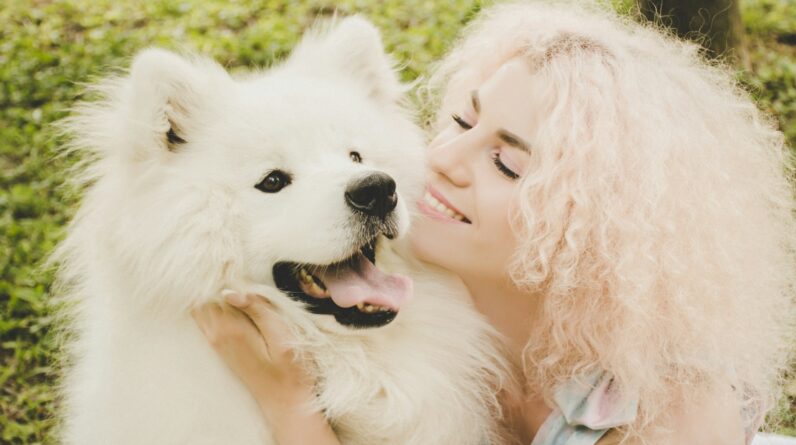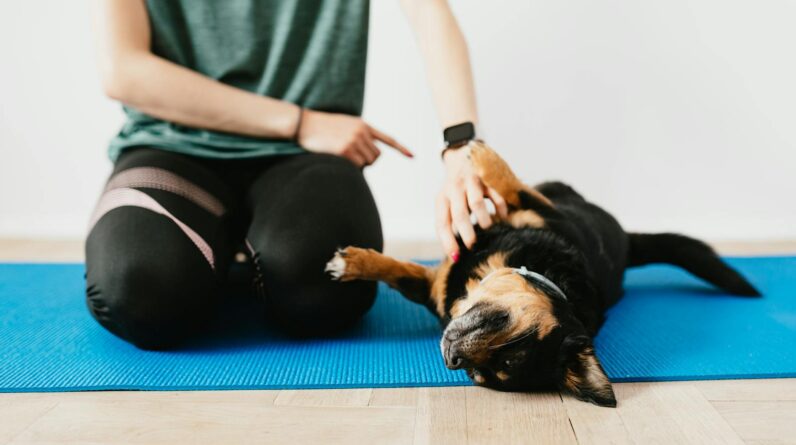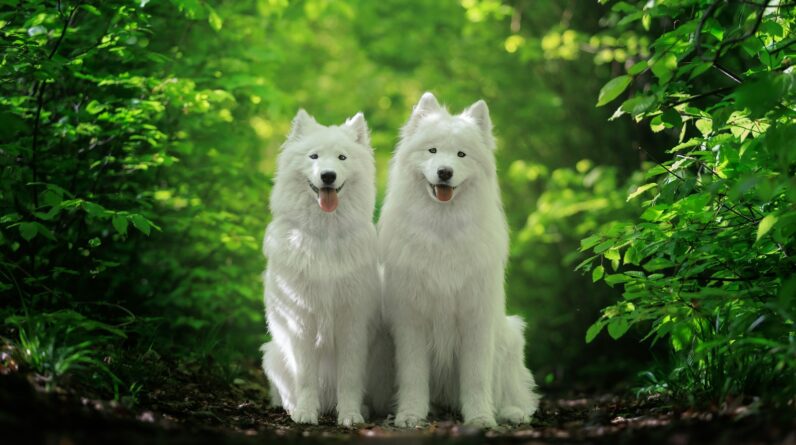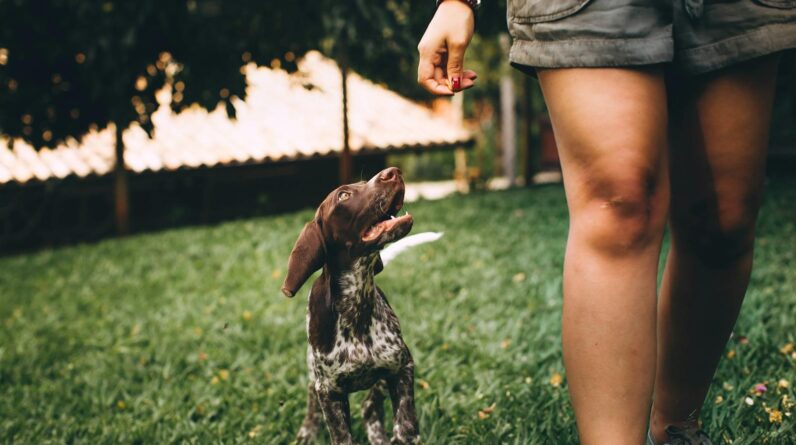
Keeping Your Dog Happy Every Season
Hey friends! If you’ve got a furry buddy at home, you know they’re part of your family. Just like us, our dogs need different things when the weather changes. Let’s look at some cool tips to keep your dog wagging its tail all year long.
Winter Woes
When it gets super cold outside, your dog needs to stay warm. Short-haired dogs might need a sweater or coat when they go out. Imagine how chilly they’d be without one! Also, after they come back inside, wipe their paws. Why? Because ice-melting salt can hurt their feet and it’s not good if they lick it off.
Walks might be shorter in winter. But guess what? Dogs still need to move around. You can play games inside like tug-of-war or hide-and-seek with their toys. It’s fun and helps them not get bored!
Spring Sprucing
When spring is here, flowers bloom and the sun shines more. But, oh no, there’s also more mud and puddles. Keep towels by the door so you can clean your dog’s paws after outside playtime. You don’t want muddy tracks all over the house, right?
Spring is also when bugs come out. We’re talking fleas, ticks, and mosquitoes. Eek! Talk to your vet about how to keep these pests away from your dog. You want your friend to stay itch-free and happy.
Summer Fun
It’s hot, hot, hot! Always make sure your dog has lots of water to drink. They can’t sweat like we do; they pant to cool down. So, if you see your dog panting a lot, they’re probably hot. Let them chill in the shade or inside where it’s cool.
Don’t forget: Never, ever leave your dog in the car when it’s warm. It gets way too hot in there, way too fast. It’s dangerous and can make dogs super sick.
When you’re walking your dog, try to do it in the morning or evening when it’s not so hot. The ground can burn their paws during the hottest part of the day. Ouch!
Autumn Alerts
As leaves change color and fall off trees, we start wearing jackets again. Your dog might enjoy the cooler weather, but watch out for seasonal stuff like mushrooms or plants that might pop up in your yard. Some of these can be bad for dogs. Just keep an eye out, okay?
When you’re getting ready for Halloween, be careful with decorations and candy. Some decorations can scare dogs or be dangerous if they chew on them. And candy can make dogs sick, especially chocolate. Keep treats for humans up high where nosy dog noses can’t reach them.
Everyday Tips
No matter the season, there are things you should do all the time for your dog’s care.
- Checkups: Take your dog to the vet regularly. They can get checkups and any shots they need.
- Healthy Food: Feed them good food. Just like how you eat fruits and veggies to grow strong, dogs need the right chow for energy and health.
- Teeth Time: Brush their teeth or give them dental treats. Yep, dogs can get toothaches too.
- Love and Hugs: Give them lots of love. Pet them, play with them, and make sure they know they’re super special.
Alright, you’ve got the tips. Now go have fun with your dog! Remember, they depend on you to help them through the hot, the cold, the wet, and the windy times. Keep them safe and they’ll be your best buddy for always.
What should I do to protect my dog from summer heat?
Keep your furry friend cool by providing plenty of shade and water when they’re outdoors. Avoid midday walks when the sun’s at its strongest. Instead, opt for early morning or evening strolls. You can also help them chill out with a kiddie pool or cooling mats.
Remember that hot pavement can burn your dog’s paws, so test the ground with your hand before heading out. If it’s too hot for your hand, it’s too hot for their paws. Make sure they have a cozy, cool spot to retreat to inside, like a tiled floor.
How can I help my dog with winter’s dry skin?
Dry winter air can make your dog’s skin itchy and flaky. Bathe your dog less often during cold months to preserve their natural skin oils. When you do bathe them, use a moisturizing dog shampoo. A humidifier in your home can also help keep their skin from drying out.
Supplementing your dog’s diet with omega-3 fatty acids can improve skin health from the inside out. If you notice persistent scratching or signs of discomfort, visit your vet to rule out other skin conditions that might need specific treatment.
What are some ways to keep my dog active during colder months?
When it’s too frosty for regular walks, play indoor games like hide and seek or fetch with a soft toy to keep your buddy moving. You can also teach them new tricks or set up obstacle courses. It’ll not only exercise their body but also stimulate their mind.
If you both prefer the outdoors, consider getting your dog a coat or booties for warmth and protection. This way, you can still enjoy crisp walks together. Just be sure the gear fits well and your dog is comfortable with it before heading out.
How do I manage my dog’s allergies in spring and fall?
Spring and fall can be tough for dogs with allergies, as pollen and mold spores are prominent. Keep your dog’s coat clean with regular brushing and occasional baths to wash away allergens. Wipe their paws and underbelly after walks to remove pollen they might have picked up.
Keep an eye on allergy symptoms such as excessive scratching or sneezing. Consult with your vet who may recommend antihistamines or other treatments to relieve discomfort. Keeping windows closed during high pollen days can also reduce allergens inside your home.
Does my dog need different food in different seasons?
Your dog’s dietary needs can change with the seasons. During colder months, they might need more calories to maintain body heat, especially if they spend a lot of time outside. Foods higher in protein and fat can help provide that extra energy they need.
In contrast, dogs often are less active in the hot summer and may require fewer calories. Always ensure they have access to fresh water to stay hydrated, whatever the season. Consult your vet if you’re considering changing their diet for personalized advice tailored to your dog’s specific needs.
Key Takeaways
- Keep your pupper’s paws in check! Winter salt and hot pavement can wreak havoc on those toe beans, so slap on some dog-safe balm or booties to protect them.
- Shedding season? Brush ’em out regularly. A good de-shedding tool makes this a breeze and keeps your home furball-free.
- Fleas and ticks love warm weather. Stay ahead with preventative treatments, so your furry pal isn’t the neighborhood bug buffet.
- It’s gettin’ hot in here! Make sure your dog’s always got a shady spot and plenty of water to chill in during the summer sizzle.
- Brr…it’s cold out! Some dogs need extra layers. Consider a cozy sweater or jacket for your short-haired buddy when it’s frosty.
- Got a snow-lover? Wipe down their belly and paws post-frolic to ditch the ice and chemicals. Bonus: prevent indoor puddles!
- Blooming gardens, blooming allergies. Keep an eye out for itchy skin and sniffles, and chat with your vet about allergy meds if needed.
- Amp up the visibility during shorter days with reflective gear or a blinking collar light, so your evening walks are safe.
- Keep your dog’s diet in tune with their activity levels. Lazy winter days might mean fewer kibbles, while active summers could call for more.
Final Thoughts
Alright, let’s wrap this puppy up! Keeping your dog happy and healthy through the seasons is all about being prepped and aware. Winter calls for warm gear and paw protection against the chill, while summer means hydration and avoiding those scorching hot pavements. Allergies? Keep an eye out when spring has sprung, and maybe avoid those heavy blooms if your fur buddy is sniffling.
Going into fall, get ready to wrestle with more indoor playtime as the days shorten. And never forget, year-round vet check-ups and a solid grooming routine are as crucial as that fetching new sweater or the cool water bowl for the beach. Adapt your care with the calendar, and your four-legged friend will be set to wag through all weathers.

